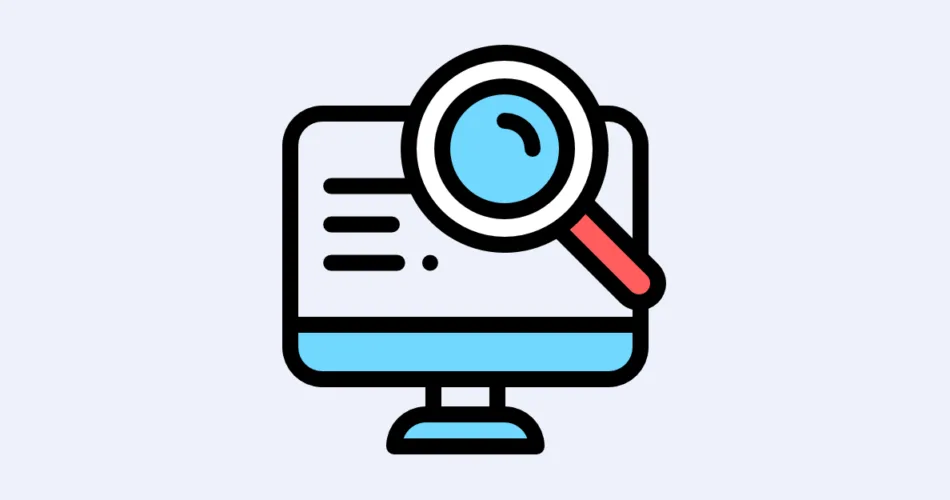In the realm of microservices architecture, monitoring and observability stand as guiding lights, illuminating the performance and behavior of complex systems. This blog post sheds light on the essential aspects of monitoring and observability, exploring how they empower developers to gain insights and ensure optimal system health.
1. Logging and Tracing
Foundational components of effective monitoring include logging and tracing. Logging involves recording events and messages that provide insights into the state and behavior of services. Tracing, on the other hand, involves tracking the flow of requests as they traverse through different services.
For example, consider an e-commerce platform. Logging can capture errors in payment processing, while tracing can reveal the journey of a user’s order from the product catalog to the checkout service.
2. Metrics and Performance Monitoring
Metrics offer quantifiable data points that reflect the system’s performance and resource utilization. They provide real-time visibility into various aspects, such as response times, throughput, and error rates. Performance monitoring enables proactive identification of bottlenecks and degradation.
Imagine a social media application. Metrics can reveal how quickly users’ posts are loading and whether there’s an increase in response times during peak usage hours.
3. Distributed Tracing
Distributed tracing allows developers to follow the path of a request as it traverses through multiple services. It provides a holistic view of how different services contribute to the end-to-end latency of a transaction.
In a ride-sharing app, distributed tracing can illustrate the sequence of services involved in calculating the fare for a ride, highlighting potential delays or inefficiencies.
4. Alerting and Anomaly Detection
Monitoring goes beyond passive observation. Alerting mechanisms can be set up to notify teams when predefined thresholds are breached. Anomaly detection algorithms can identify unusual patterns in metrics, indicating potential issues before they become critical.
For instance, an online banking application can set up alerts to notify administrators if the response time for account balance queries exceeds a certain threshold.
In conclusion, monitoring and observability are essential pillars of microservices architecture. By leveraging logging, tracing, metrics, and distributed tracing, developers can gain insights into system behavior, detect performance bottlenecks, and ensure optimal user experiences. These practices empower teams to identify issues swiftly, enhance system reliability, and provide seamless user interactions.
Illuminate your microservices architecture with monitoring and observability, guiding your applications towards enhanced performance and robustness in the ever-evolving landscape of modern software development.
Subscribe to our email newsletter to get the latest posts delivered right to your email.


Comments